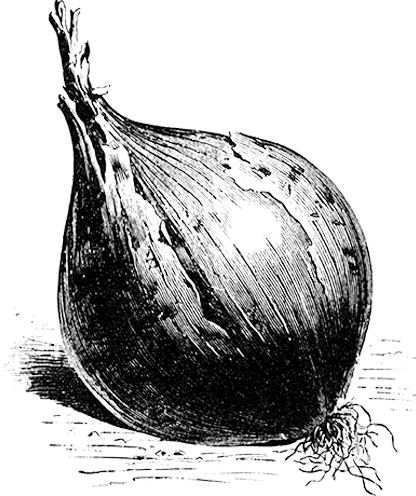Round Pea
Pisum sativum
The most cold hardy pea, which can be sown as soon as the frost has left the soil and it has dried up a bit. It provides the earliest harvest of all varieties, with green, round and tasty shelling peas. It can also be grown for winter storage.
Blauwschokker is a tall pea, 180-200 cm, with violet pods. It can be used either early as...
More info →Gråärt, ”Grey-pea”, is a traditional staple food up here in the North. There are...
More info →Prince Albert is a pea with a long history. It was introduced to the market in England in...
More info →The main advantages of this small pea are that it is both early and hardy. It is consumed...
More info →Low-growing (approx. 45 cm), very hardy and early shelling pea with beautiful, dark...
More info →Originally grown by the family Eliasson in the Solberga parish in the region of...
More info →History
The peas are classified according to the looks and use of the pods and seeds and also according to the different heights and earliness of the sorts. Only the unripe green seeds are eaten of the shelling- and marrow peas while all of the crispy, sweet pods of the mangetout with undeveloped seeds is eaten. The snap peas have plump, sweet, fleshy pods which are harvested and enjoyed whole when the seeds are almostfully developed. Yellow and green boiling peas are harvested in late autumn and threshed when ripe and dry.

